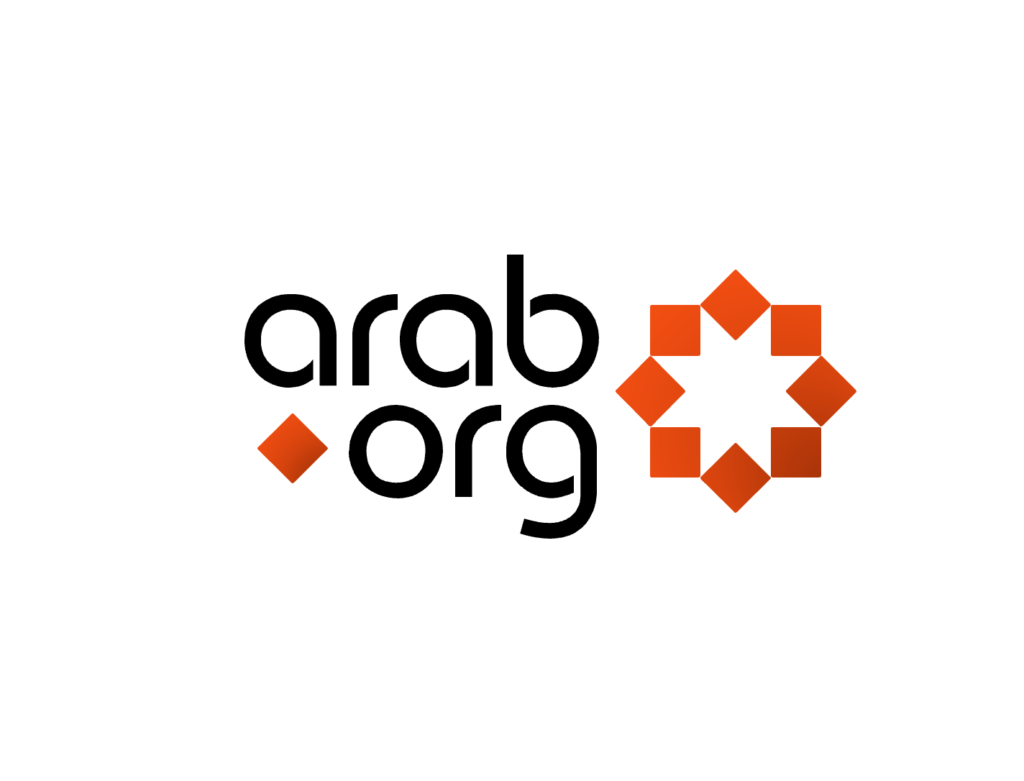With its hot, dry climate and scarce water resources, the Middle East region is on the front line of the global climate emergency. And for youth in the region, who are inheriting unprecedented climate challenges, there is a critical and urgent need for governments to take immediate and effective action.
That was the sentiment that came out of the 2022 Arab Youth Survey and Arab Barometer. It was clear from the survey that climate and environmental issues are major concerns for young people. This is a particularly significant trend for a region where between a third and half of the population is aged under 30.
Frustrated by what many see as inaction from governments, youths have started to mobilize over the last decade. The vigor of this youth activism was most visible in 2011. More than 10 years on, governments today have an opportunity to harness this energy and channel it into effective climate action.
Some governments already are and we are witnessing the launch of key regional initiatives, such as the Arab Youth Sustainable Development Network, which aims to empower young people and promote their participation in decision-making. There is also the Arab Youth Climate Movement founded in 2012 in Egypt, which now has several country branches.
It is increasingly evident that youth can be at the cutting edge of driving climate action in the Arab region. There is no denying they are motivated on an individual level. To give examples of just a few pioneers, Rania Rafie, a product designer in Egypt, created Up-Fuse in 2013, where plastic bags in Cairo are upcycled into sustainable goods. Similarly, Lina Al-Tarawneh, from Qatar, is an active campaigner, cleaning up mangrove forests.
In Gaza, Majd Mashharawi, a civil engineer, has founded a social enterprise, Sunbox, which provides electricity during daily outages using solar panels created from sustainable materials. In the UAE, Sagarika Sriram has been described as the Greta Thunberg of Asia. Her commitment to the environment started at age 10 with the launch of a recycling project and her own website, Kids for a Better World, which aims to educate other young people about the environment and how to take action.
Despite these commendable efforts, youth civic engagement in the Arab region is the lowest in the world, and environmental youth activism is not yet as visible as it is in the West.
Currently, youth engagement in the region mainly takes the form of awareness campaigns and localized activities. There is also variation across the region with respect to civil society capabilities within varying sociopolitical contexts. For example, while Lebanon historically has a vigorous civil society that is now engaging with environmental activism, this is not the case in all country contexts.
Furthermore, while there may be significant online engagement, this does not necessarily translate into actual action, with a significant gap between raising awareness on social media and government-driven change. Consequently, we are yet to see communities and governments in the Middle East truly galvanize the environmental efforts of young individuals.
One of the critical enablers of a large-scale, youth-driven climate movement is education.
Education — both formally in the school curriculum and non-formally through communities — has a vital role to play in enabling the youth by equipping them with the knowledge, attitudes and skills to effectively engage and drive action.
Written by Dina Kiwan
Image: CC
Publication date: January 24, 2023
Learn about environmental groups in the Arab World
Click to Help to raise environmental awareness, for free


